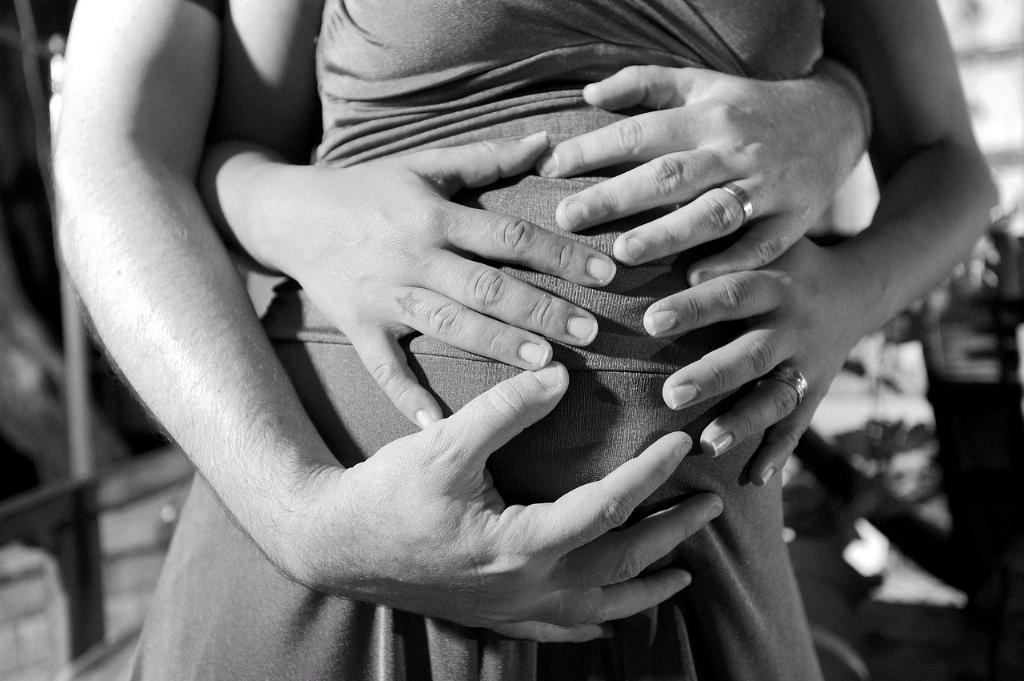Many individuals wonder if it’s possible to conceive after having a tubal ligation procedure. The answer to this question isn’t straightforward, as there are various factors at play. While the chances are typically low, there have been cases where pregnancies have occurred post-tubal ligation.
One scenario where pregnancy can happen after tubal ligation is if the fallopian tubes manage to naturally repair themselves or grow back together over time. This phenomenon, though uncommon, can potentially allow an egg to once again travel down the fallopian tube and be fertilized by sperm.
It is important to note that the likelihood of getting pregnant after tubal removal is significantly lower than before the procedure. However, it is not impossible. Understanding the factors that can contribute to this occurrence can help individuals make informed decisions regarding their reproductive health.
It is essential for individuals who have had a tubal ligation to be aware of the potential risks involved in attempting to conceive after the procedure. Consulting with a healthcare provider is crucial to discuss any concerns and explore available options for family planning.
Factors such as age, overall health, and the specific method used for tubal ligation can all play a role in determining the likelihood of pregnancy post-procedure. Additionally, individual variations in anatomy and healing processes can influence the outcome.
While the prospect of becoming pregnant after tubal removal may raise questions and uncertainties, it is vital to approach this topic with an open mind and seek guidance from medical professionals. They can provide personalized information and recommendations based on individual circumstances.
For individuals considering pregnancy after tubal ligation, exploring alternative options such as in vitro fertilization (IVF) or tubal reversal surgery may be viable paths to achieving their desired outcome. These methods can help increase the chances of conception while minimizing risks.
Monitoring reproductive health and staying attentive to changes in the body can also aid in identifying any potential issues or complications that may arise when attempting to conceive after tubal removal. Regular check-ups and communication with healthcare providers are crucial in this process.
Emotional and psychological support is equally important for individuals navigating the complexities of fertility after tubal ligation. Coping with the uncertainties and challenges that may arise requires a supportive network and access to resources that can offer guidance and reassurance.
In conclusion, while the possibility of getting pregnant after tubal removal exists, it is essential to approach this topic with caution and consideration. Seeking professional advice, staying informed about available options, and prioritizing overall well-being are key aspects of managing fertility post-tubal ligation.
Ultimately, each individual’s journey towards conceiving after tubal removal is unique, and the decision to explore this path should be made with careful deliberation and support. By staying informed and proactive, individuals can navigate this process with confidence and clarity.

